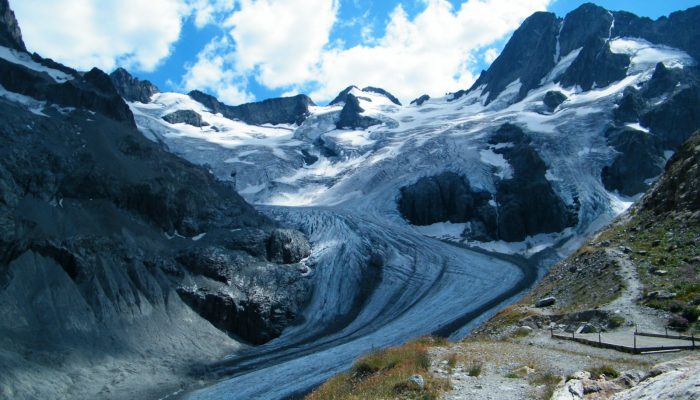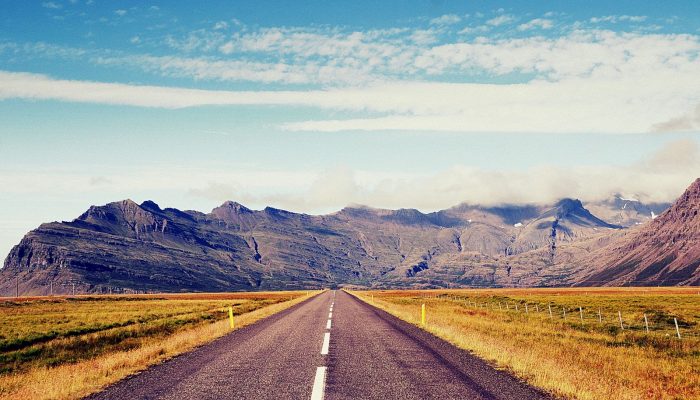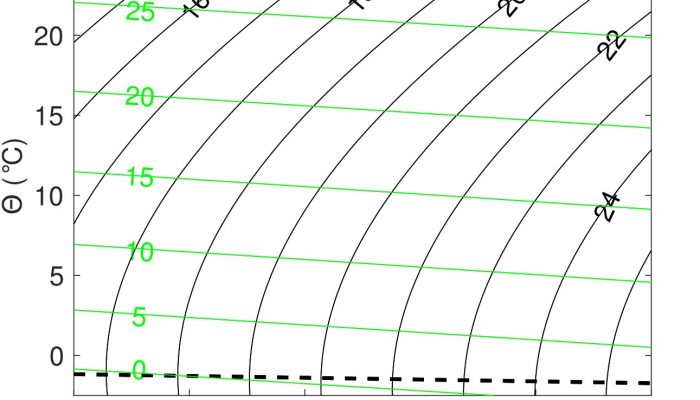Imagine you find yourself standing atop a wooden box in the middle of your home town, on a rainy weekend day, with the sole aim of talking to passersby about your research work. It can be a rather daunting prospect! How do you decide what the take-home message of your work is: which single nugget of information do you want members of the public to take away after having spoken to you? Even more im ...[Read More]
Cryospheric Sciences
Image of the Week – Hidden Beauty on a Himalayan Glacier
Today’s image of the week comes from stunning setting of Chhota Shigri Glacier in the Pir Panjal Range of northern India. The range is part of the Hindu-Kush Karakorum Himalaya region which is a notoriously challenging place to work as it is very remote and completely inaccessible during the winter months. However, when have these challenges ever stopped a hardy glaciologist?! Our image thi ...[Read More]
GeoLog
Imaggeo on Mondays: Glacier de la Pilatte
The relentless retreat of glaciers, globally, is widely studied and reported. The causes for the loss of these precious landforms are complex and the dynamics which govern them difficult to unravel. So are the consequences and impacts of reduced glacial extent atop the world’s high peaks, as Alexis Merlaud, explains in this week’s edition of Imaggeo on Mondays. This picture was taken on 20 August ...[Read More]
Biogeosciences
Coffee break biogeosciences–in situ sub-millimeter scale resolution imaging of benthic environments
Coral reefs and other benthic marine ecosystems play a very important role in the biogeochemical cycles of our oceans. However, laboratory based study of these environments ranges from being difficult to actually impossible. In order to look at the microscopic-scale processes that occur in the benthic environment a team of scientists developed the Benthic Underwater Microscope (BUM). The device, w ...[Read More]
GeoLog
GeoEd: Career pathways and expectations in the geosciences – straight lines, wiggles and all out chaos.
‘What do you want to be when you grow up?’ From a tender age, we are regularly asked that question, with answers ranging from the downright hilarious through to those kids who’ve got it all figured out. As we grow older the question of what career we want to pursue carries more weight and the outcome of our choices is scrutinised closely. In today’s GeoEd column, Rhian Meara (a geography and geo ...[Read More]
Cryospheric Sciences
Image of the week – Our salty seas and how this affects sea ice growth
Earth’s oceans are not simply just water, they are a complicated multi-component fluid consisting of water and dissolved salts (ask anyone who has tried to drink it!). The existence of these salts has a significant impact on global ocean circulation. Nowhere is this more significant than in the polar oceans where it is one of the key factors influencing sea ice formation. In this week’s imag ...[Read More]
GeoLog
Who do you think most deserves the title of the Mother of Geology?
Much ink is spilled hailing the work of the early fathers of geology – and rightly so! James Hutton is the mind behind the theory of uniformitarianism, which underpins almost every aspect of geology and argues that processes operating at present operated in the same manner over geological time, while Sir Charles Lyell furthered the idea of geological time. William Smith, the coal miner and canal b ...[Read More]
GeoLog
Imaggeo on Mondays: A Bubbling Cauldron
Despite being a natural hazard which requires careful management, there is no doubt that there is something awe inspiring about volcanic eruptions. To see an erupting volcano up close, even fly through the plume, is the thing of dreams. That’s exactly what Jamie Farquharson, a researcher at Université de Strasbourg (France) managed to do during the eruption of the Icelandic volcano Bárðarbunga. R ...[Read More]
GeoLog
My film is ready, now what?
It’s no secret that at EGU we believe using film as a medium to communicate science and engage the public with research is a great tool! So much so that we organise an annual competition for early career scientists (ECS) to produce a three-minute video to share their research with the general public, as well as publishing film how-to-guides on our blog and organising film-making workshops at our G ...[Read More]
Cryospheric Sciences
Image of the Week — Looking for ice inside a volcano !
Who would think that one of the world’s most active volcano shelters the southernmost persistent ice mass in Europe!? Yes, you can find ice inside Mount Etna! Located at an altitude of about 2,040 m above sea level, the Ice Cave (Grotta del Gelo) is well known among Mt Etna’s volcanic caves due to the presence of columns of ice on its walls and floor which occupy about the 30% of the ...[Read More]










